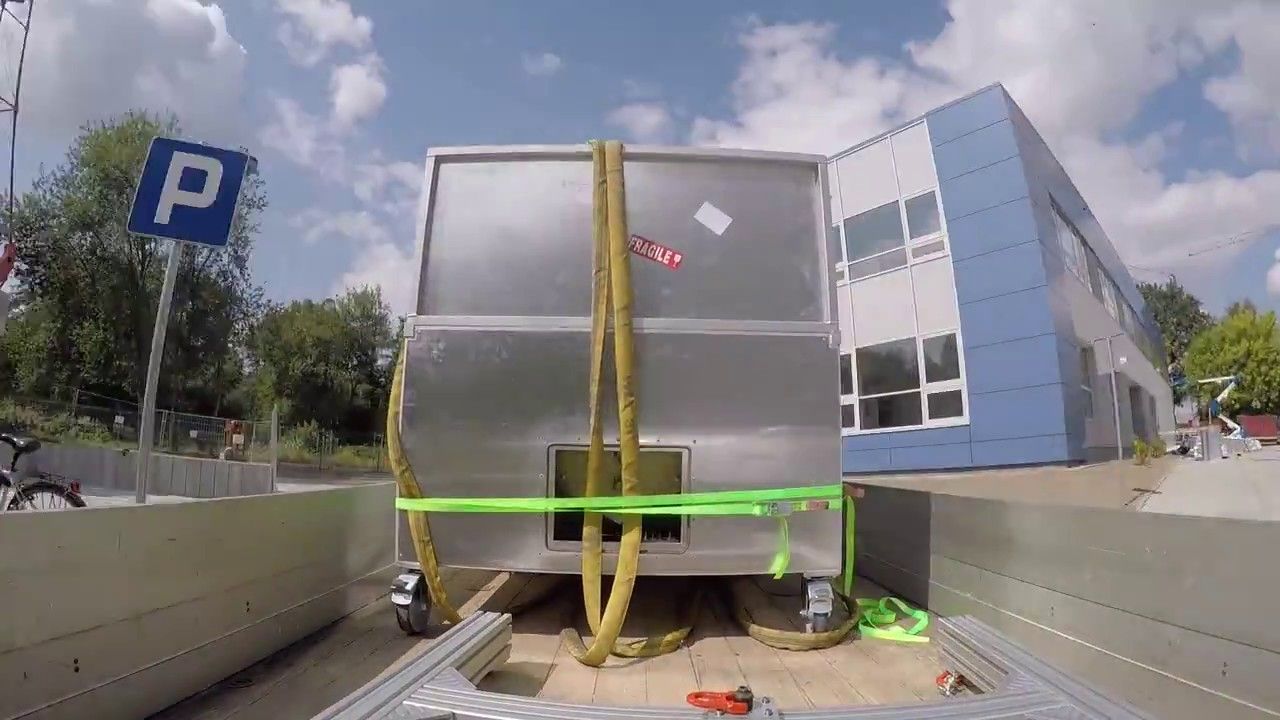Sep 9, 2017
The carbon nanotube integrated circuit goes three-dimensional
Posted by Shailesh Prasad in categories: computing, nanotechnology
Chip makers have a mantra: smaller, cheaper, and faster. They may now need a new adjective—taller.
Chip makers have a mantra: smaller, cheaper, and faster. They may now need a new adjective—taller.

https://youtube.com/watch?v=0YzoEBCjsIw
Artificial Intelligence (AI) is a science and a set of computational technologies that are inspired by—but typically operate quite differently from—the ways people use their nervous systems and bodies to sense, learn, reason, and take action. While the rate of progress in AI has been patchy and unpredictable, there have been significant advances since the field’s inception sixty years ago…
Toby Walsh, Professor Artificial Intelligence, University of NSW Sydney “There’s lots of AI already in our lives. You can already see it on your smartphone every time you use Siri, every time you ask a lexer a question, every time you actually use your satellite navigation. You are using one of these algorithms. You are using some AI that’s recognizing your speech, answering questions, giving you search results recommending books for you to buy on Amazon. They’re the beginnings of AI everywhere in our lives.”
Continue reading “The Artificial Intelligence Race: The AI Documentary” »

On Thursday, 31 August, 2017, a prototype telescope proposed for the Cherenkov Telescope Array (CTA), the SST-1M, recorded its first events while undergoing testing at the Institute of Nuclear Physics Polish Academy of Sciences (IFJ-PAN) in Krakow, Poland. The SST-1M is proposed as one of CTA’s Small-Sized Telescopes (SSTs), which will cover the high end of CTA’s energy range, between about 1 and 300 TeV (tera-electronvolts).
A crew in Krakow worked for two days to install the camera on the telescope and spent another two days monitoring it to ensure it could be safely switched on in the high humidity conditions. Watch the camera installation in the video below.
Continue reading “CTA Prototype Telescope, the SST-1M, Catches its First Glimpse of the Sky” »
CodeRED is used to send emergency communications to residences such as evacuations for hurricanes, wild fires, or any vital information involving the public’s safety.
When you see 866−419−5000 displayed you will know the call is from CCSO’s CodeRED. If you would like to hear the last message delivered to your phone, simply dial the number back.
You need to register for CodeRED if you have unlisted phone number, a voice over IP telephone service or a cell phone.
Of the 56.4 million deaths worldwide in 2015, more than half (54%) were due to the top 10 causes. Ischaemic heart disease and stroke are the world’s biggest killers, accounting for a combined 15 million deaths in 2015. These diseases have remained the leading causes of death globally in the last 15 years.
In 2012, an estimated 56 million people died worldwide. Discover what have remained the top major killers during the past decade.
Deep space travel is circumscribed by an interactive conflict. For those that may want to make extended space journeys, the distances are remarkably great, and our spaceships are slow. These combine to make the trip times exceedingly long. When one attempts considering interstellar transit, you quickly realize that a normal human life span prevents an adult from ever even returning to Earth. Yet even for missions to nearby Mars travel times are projected to take about eight months one-way.
We cannot do anything about the physical distances, nor can we expect much more performance out of current chemical rockets for projected near-term transports within the solar system. While there are projected improvements in velocity in the future through introduction of fission propulsion, fusion-drive rockets, or other exotic space transport engines, space travel will continue to require long transit times. Even if one is able to exploit velocity-enhancing tricks like gravity-assist planetary flybys, deep space trips to, say, mineral-rich asteroids in the main belt will still be measured in years.
So, for transporting people around our solar system, the fundamental question has and continues to be whether anything practical can be done about adjusting the impacts for the humans on board. More precisely, are there practical near-term methods to improve space transport human system design factors that could allow us to create more cost-efficient spaceships and improve the safety to passengers and crew during these long voyages?
The Chinese are massively investing in AI research and tech, while the Trump administration is cutting federal programs wholesale.
